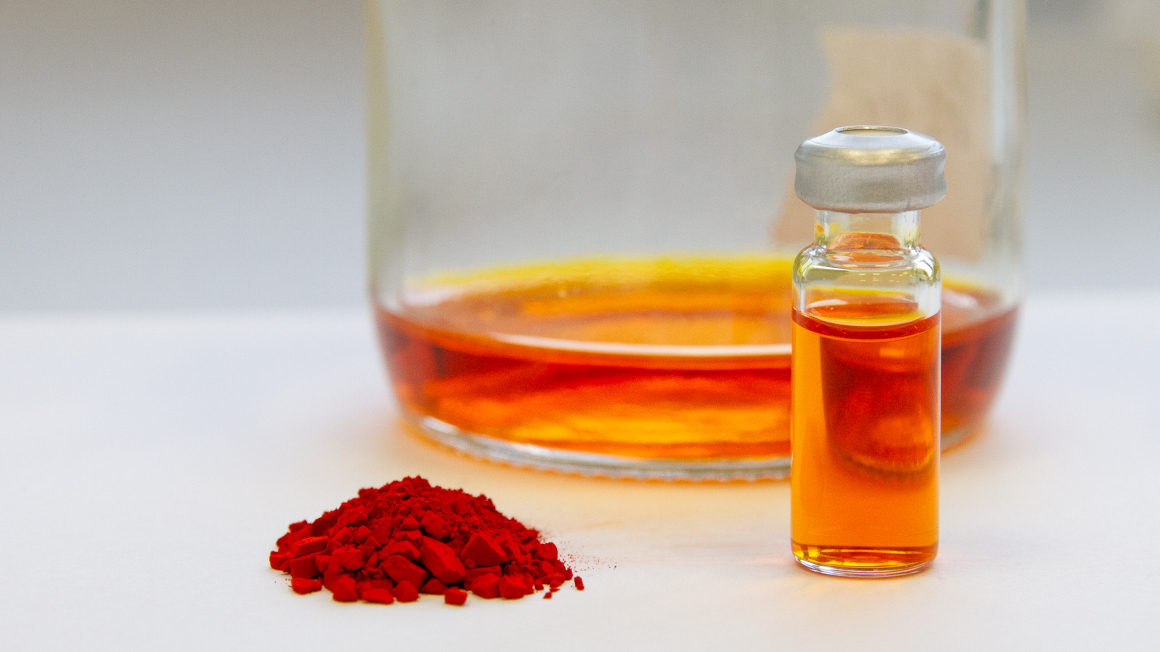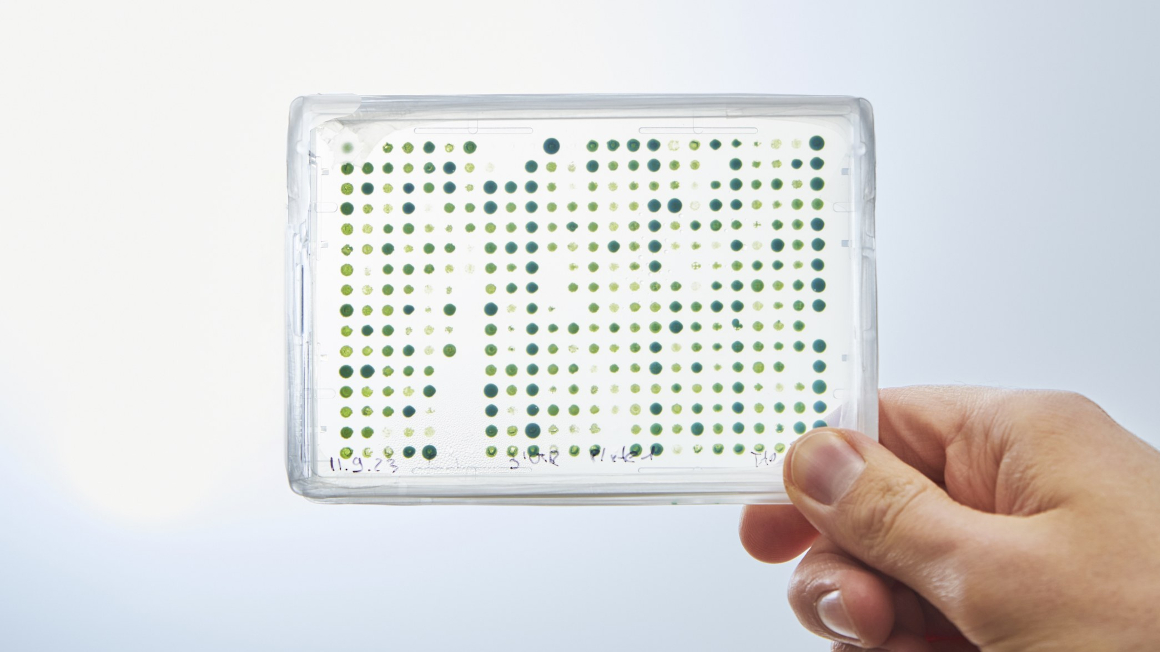Algae farming pays off for farmers
Cultivating microalgae can be profitable in agriculture. According to researchers, however, it depends on which products are to be produced for which industry.

Microalgae can produce many valuable substances, from dyes to omega-3 fatty acids or proteins, and are therefore a source of hope for the bioeconomy. They are not only used by manufacturers of food, animal feed and cosmetics. Microalgae are also becoming increasingly important for the production of biofuel and new plastics. The cultivation of these aquatic plants could also open up new business areas in agriculture. Under what conditions and for what purposes algae cultivation is worthwhile for farmers, researchers from the Fraunhofer IGB, the University of Hohenheim in Stuttgart and the Karlsruhe Institute of Technology (KIT) have investigated in the FuTuReS joint project. The joint project was funded by the German Federal Ministry of Food and Agriculture.
Scenarios for algae cultivation in agriculture
The project focused on the question of how algae cultivation must be designed so that it is economically viable and ecologically sound at the same time. The interests and expectations of stakeholders from agriculture and the food sector were included. After two years of project work, the prospects are good: the researchers developed concrete scenarios and recommendations for action on how microalgae can be integrated into agricultural production cycles in the future.
Recyclable material extraction and biomass production investigated
At the Fraunhofer IGB, algae were cultivated on a pilot scale. Specifically, this involved the cultivation of the diatom Phaeodactylum tricornutum and its production of valuable substances such as the dye fucoxanthin, the omega-3 fatty acid eicosapentaenoic acid (EPA) and proteins. Cultivation was carried out both in photobioreactors in sunlight in outdoor facilities or greenhouses and with artificial lighting in closed indoor facilities. "In order to increase the economic efficiency of algae cultivation, we also extracted the various valuable substances in FuTuReS from the same biomass one after the other according to the principle of a biorefinery," explains Ulrike Schmid-Staiger, project coordinator at Fraunhofer IGB and head of the institute's algae biotechnology research group.
More biomass with artificial LED lighting
The evaluation of the process data by researchers at the University of Hohenheim showed that the biomass yield of the diatoms was significantly higher under continuous artificial lighting with energy-saving LED lamps than under sunlight or daylight in open-air operation. Here, the production of microalgae mass was increased from 14 to 123 tons per hectare. The cost of producing one kilogram of biomass was reduced by 70%. However, the electricity requirement was twice as high. But in return, 80% water and 86% land were saved. "The increased biomass yield compensates for the higher costs of artificial lighting," sums up Sebastian Weickert, research associate at the Department of "Renewable Resources in the Bioeconomy" at the University of Hohenheim.
Recycling yield varies
The yields of fucoxanthin, eicosapentaenoic acid (EPA) and proteins, on the other hand, were very different. "Our investigations were successful with regard to fucoxanthin and EPA - with these high-priced products, we see that the production effort pays off economically," says Schmid-Staiger. The protein yield, on the other hand, was less profitable, since proteins are currently available on the world market at very favorable prices.
As a result, the researchers are convinced that indoor algae cultivation with energy-saving LED lamps is worthwhile for farmers. "For the production of biomass with artificial light, you do not need agricultural land. Instead, you can use disused agricultural infrastructure, such as vacant barns. This and the high yields of valuable substances make algae cultivation a potentially lucrative business - it depends on which products you want to produce and for which industry they are intended," Weickert sums up.
Another result of the project is that agricultural businesses are generally open to algae cultivation. However, the practitioners point to a considerable need for research and funding in order to be able to establish algae cultivation in agriculture.
bb


